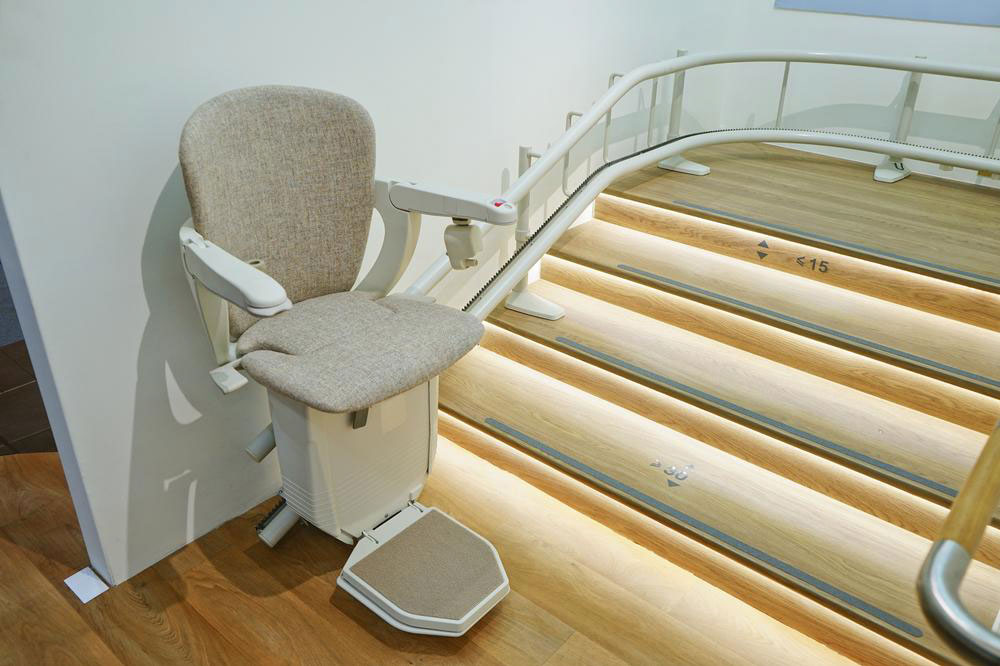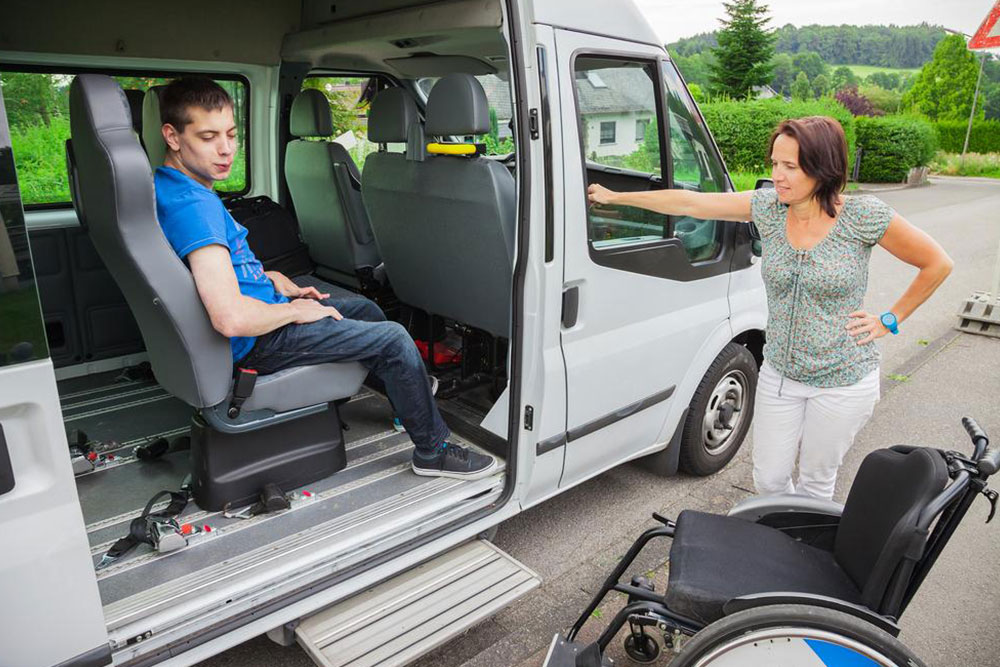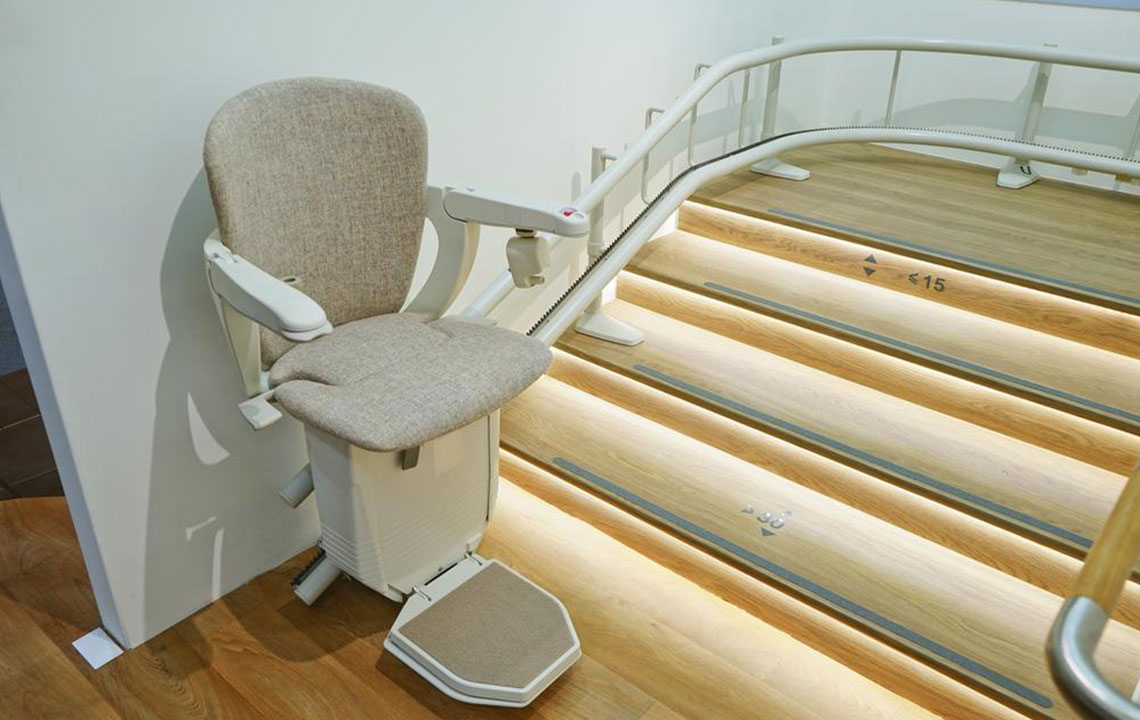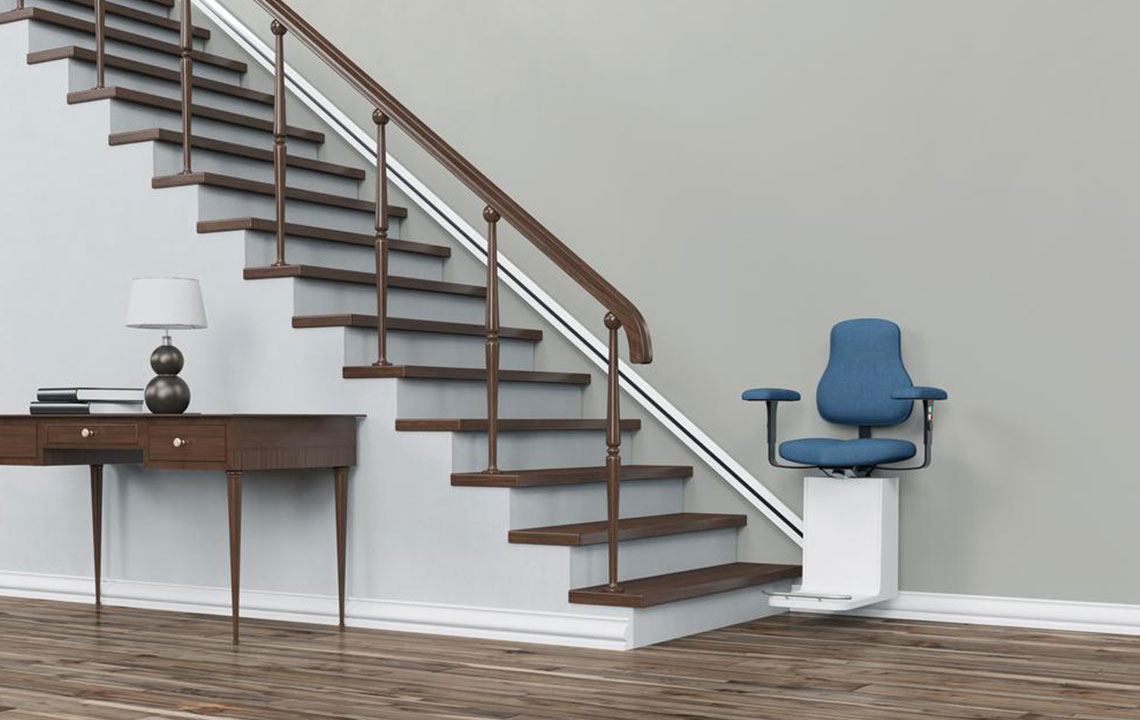Guidelines for Installing a Residential Stairlift
Discover essential tips for installing a home stairlift, including types, features, and considerations to ensure safe and comfortable stair navigation for seniors and those with mobility challenges. Expert insights help you choose the right solution for your staircase layout and needs, enhancing independence and safety at home.

Growing older with loved ones is a cherished experience, adding warmth and connection. Watching children and grandchildren grow is fulfilling. However, aging can present mobility challenges, especially navigating stairs independently.
Innovative technologies now provide solutions to assist those with limited mobility. Among these, stairlifts are highly effective for safe and comfortable stair navigation.
Stairlifts are motorized chairs that move along rails installed on stairs, offering a secure way to travel between floors. They are specifically designed for seniors and individuals facing mobility or balance issues.
Various types of stairlifts are available depending on staircase design. The main categories include:
Straight stairlifts These are the most typical models suitable for staircases without curves. They are straightforward to install, affordable, and often available in standard sizes for DIY setup.
Curved stairlifts Custom-made to fit staircases with turns and landings. These are more expensive and require professional installation, with longer lead times.
Outdoor stairlifts Built to withstand weather, these units are weatherproofed with tough materials like marine-grade vinyl and waterproof covers, perfect for outdoor stairs such as patios or decks.
When choosing a stairlift, consider features like:
Foldable seats Save space and reduce hazards when not in use.
Swiveling seats Facilitate safe and easy mounting and dismounting at the top and bottom.
Armrests Offer stability and comfort during use.
Footrests Keep feet secure and prevent bumps, enhancing safety.
Seat belts Ensure safety, especially for users with balance issues.
Safety sensors Detect obstacles to ensure smooth operation.
Remote control Allows easy operation without assistance.
For those who prefer walking up stairs with support, standing stairlifts provide a safe, handheld aid to promote independence.
Note: Our blog covers various topics to inform readers. While based on thorough research, it is not comprehensive or infallible. Always consult professionals for personalized advice. Additional schemes or offers may also be available beyond our coverage.


